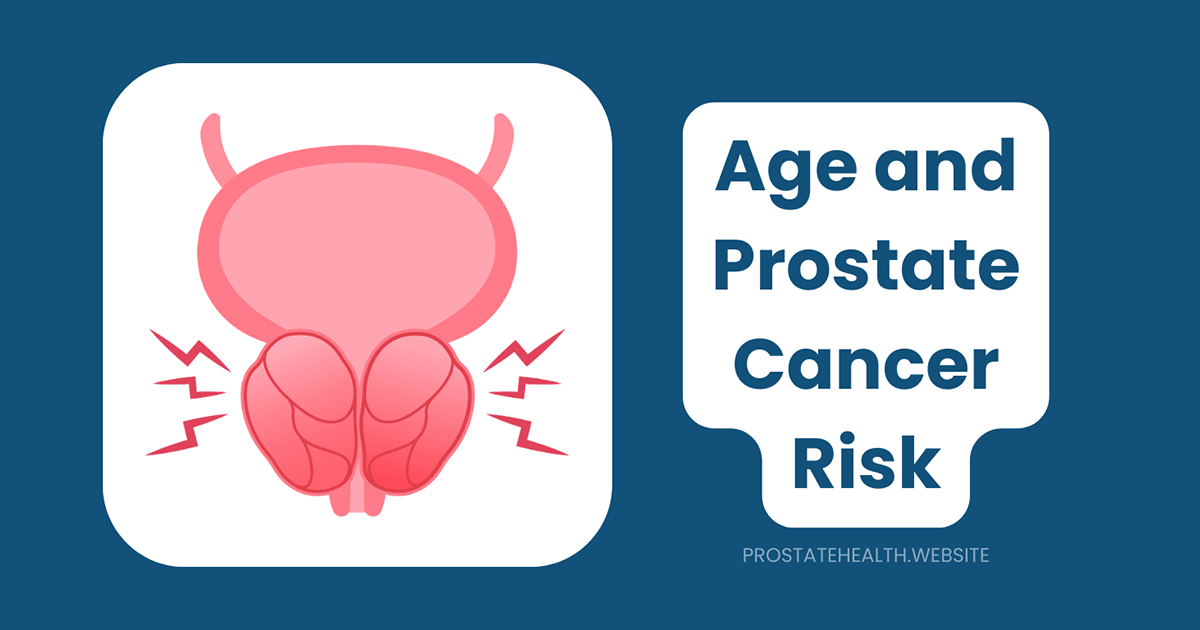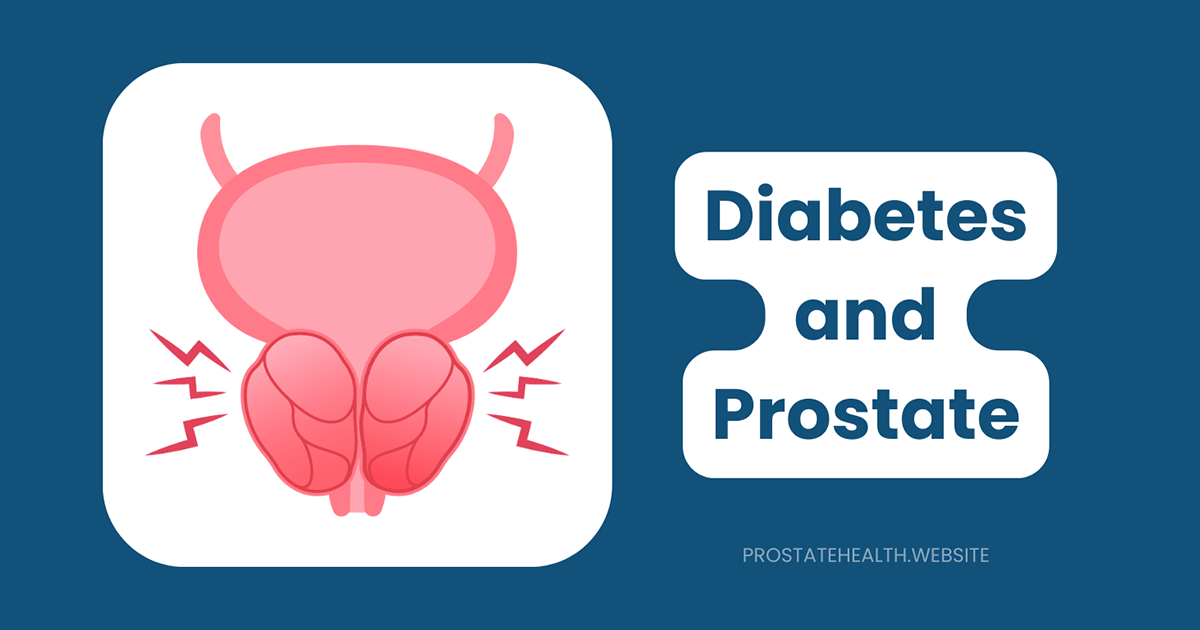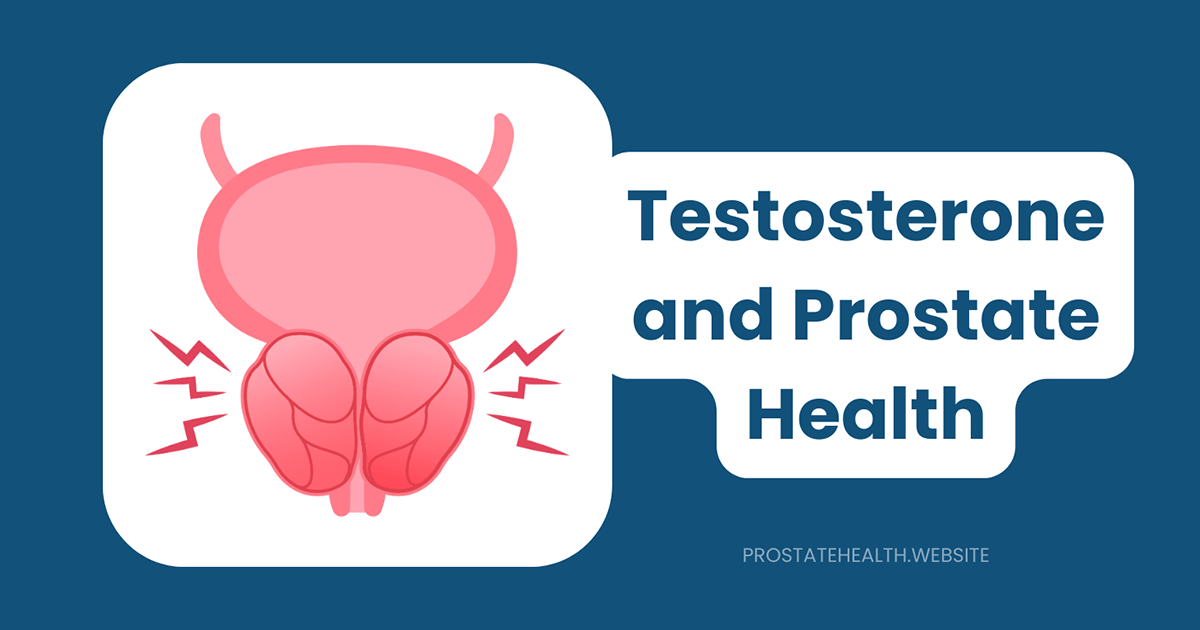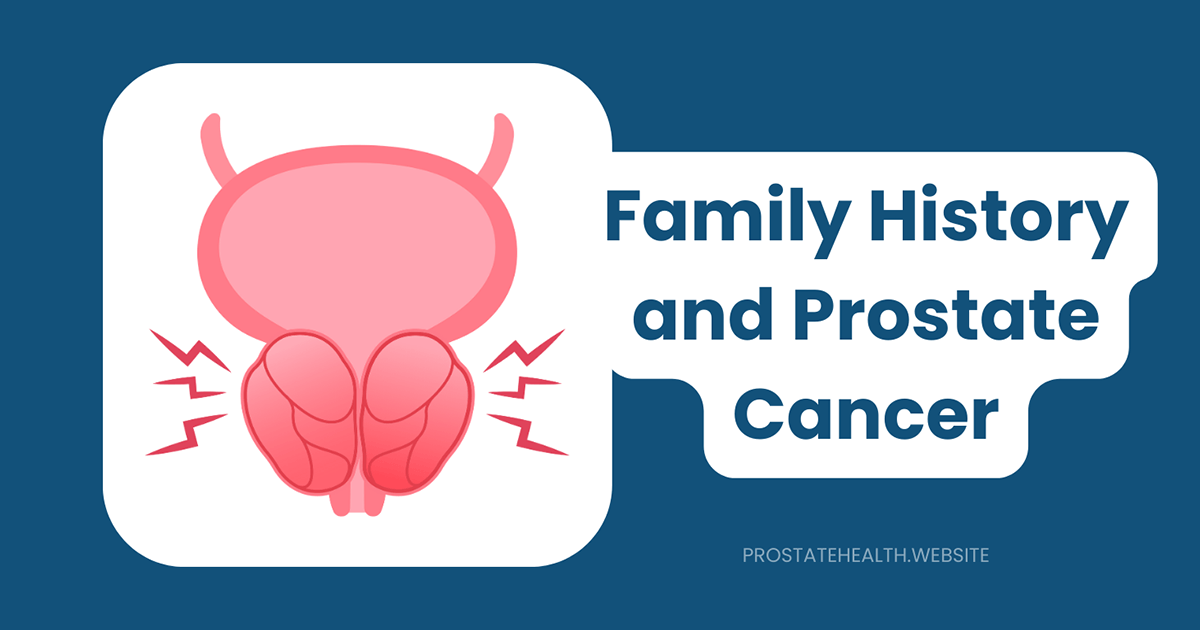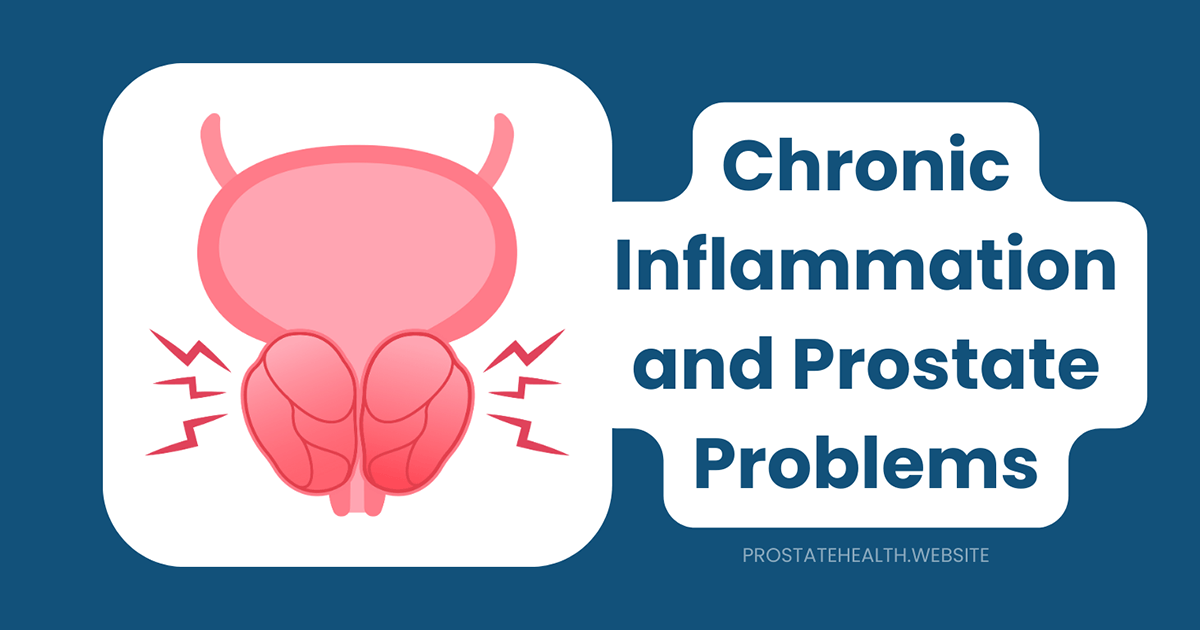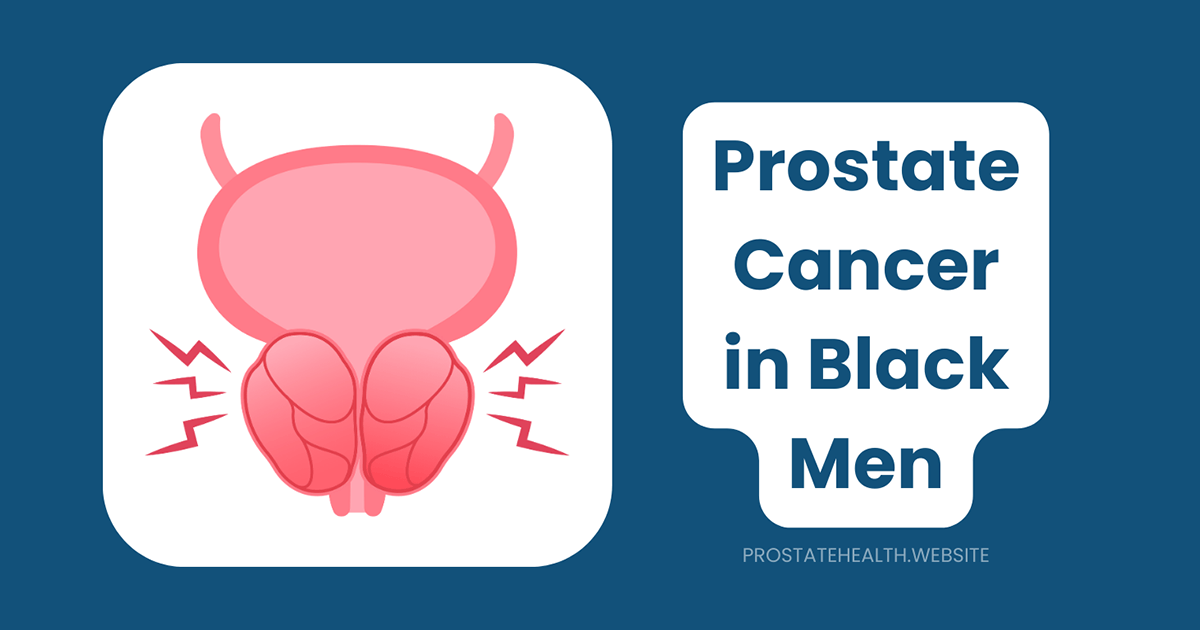Sexually Transmitted Infections and Prostate Health: Is There a Link?
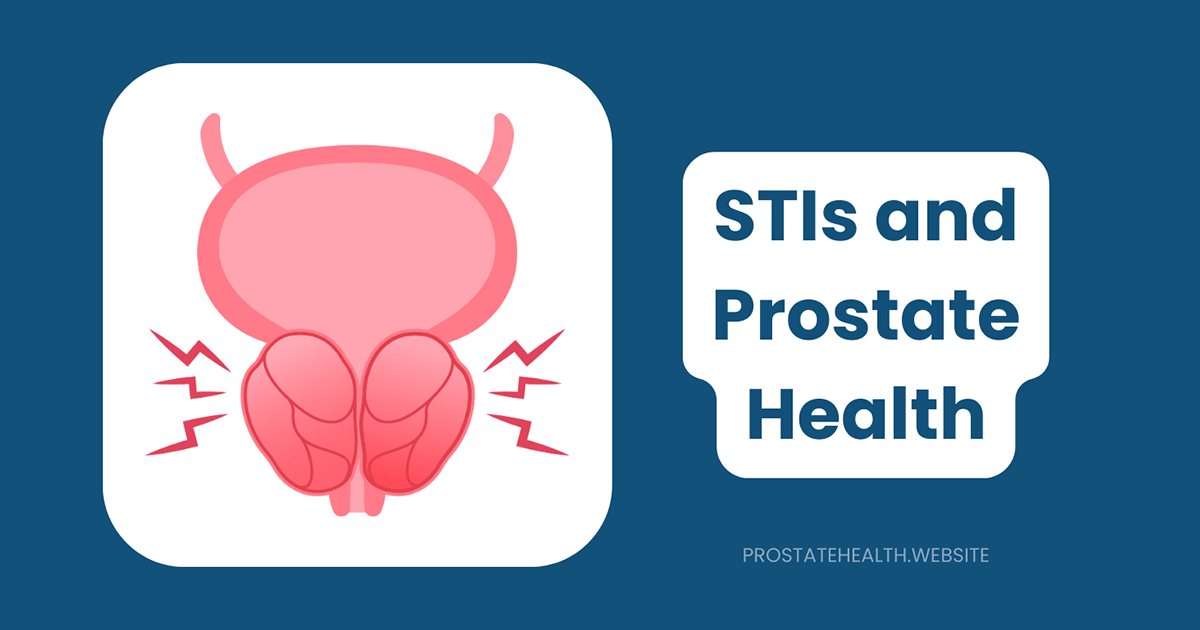
The relationship between sexual health and prostate health has been a subject of scientific inquiry for decades. In particular, researchers have investigated whether sexually transmitted infections (STIs) might play a role in prostate conditions like prostatitis, benign prostatic hyperplasia (BPH), and prostate cancer.
This question isn’t merely academic—it has real implications for how men approach their sexual and prostate health. If STIs contribute to prostate problems, prevention and early treatment of these infections could potentially reduce prostate disease risk.
In this comprehensive guide, we’ll examine the current evidence on the relationship between STIs and prostate health, separating fact from speculation and providing you with the information you need to make informed health decisions.
The Prostate-Infection Connection: Biological Plausibility
Before diving into the specific evidence, it’s worth understanding why researchers suspect a link between STIs and prostate health in the first place.
Anatomical Considerations
The prostate’s location and function make it potentially vulnerable to infections that affect the urogenital tract:
- The prostate surrounds the urethra, which can serve as a pathway for infectious agents to reach the gland
- The prostate contributes fluid to semen, potentially exposing it to pathogens during sexual activity
- The prostate has ducts that connect to the urinary tract, providing another potential route for infection
Dr. James Wilson, urologist at University Medical Center, explains: “The prostate doesn’t exist in isolation—it’s intimately connected to both the urinary and reproductive systems. This anatomical reality means that infections affecting these systems could potentially impact the prostate as well.”
Inflammation as a Common Pathway
Inflammation appears to play a key role in various prostate conditions:
- Prostatitis: By definition, involves inflammation of the prostate gland
- BPH: Chronic inflammation is frequently observed in enlarged prostate tissue
- Prostate cancer: Inflammation may contribute to carcinogenesis through several mechanisms
STIs can trigger inflammation in the tissues they infect, potentially creating an environment conducive to prostate problems if the infection reaches the gland.
STIs and Prostatitis: The Clearest Connection
Of all prostate conditions, acute and chronic prostatitis show the most evident connection to infections, including STIs.
Bacterial Prostatitis and STIs
Acute bacterial prostatitis can be caused by various bacteria, including those associated with STIs:
- Neisseria gonorrhoeae (gonorrhea) can directly infect the prostate, causing acute prostatitis
- Chlamydia trachomatis (chlamydia) has been isolated from prostate tissue in men with prostatitis
- Mycoplasma genitalium, an emerging STI, has been linked to chronic prostatitis/chronic pelvic pain syndrome
Dr. Sarah Williams, infectious disease specialist, notes: “When we see acute prostatitis in sexually active men, particularly younger men, STIs are definitely on our differential diagnosis. The connection here is well-established, though not all cases of prostatitis are STI-related.”
Chronic Prostatitis/Chronic Pelvic Pain Syndrome (CP/CPPS)
The relationship between STIs and CP/CPPS—the most common form of prostatitis—is more complex:
- Some cases may begin with an acute infection that triggers ongoing inflammation even after the infection clears
- Other cases may involve non-infectious causes entirely
- STIs might be one of several potential triggers for this condition
A history of STIs appears to increase the risk of CP/CPPS, though the exact mechanisms remain under investigation.
STIs and Prostate Cancer: A Complex Picture
The potential link between STIs and prostate cancer has been studied extensively, with mixed and sometimes contradictory results.
The Latest Research: 2025 Scoping Review
A comprehensive scoping review published in June 2025 in the journal Cancer Epidemiology examined the association between STIs and prostate cancer, analyzing 286 eligible studies:
- The most studied STIs were human papillomavirus (HPV) (82 studies), human immunodeficiency virus (HIV) (52 studies), and herpes simplex virus (HSV) (30 studies)
- Most effect estimates did not support a significant association between STIs and prostate cancer
- Interestingly, 74 out of 108 estimates related to HIV were below the null, suggesting a potentially lower risk of prostate cancer in HIV-infected men
- The review highlighted significant knowledge gaps, including the lack of studies adjusting for STI co-infections and cancer disease stage
This extensive review suggests that for most STIs, there isn’t strong evidence supporting a causal link to prostate cancer.
Specific STIs and Prostate Cancer Risk
Let’s examine the evidence for specific STIs that have been most extensively studied:
Gonorrhea
- Some older case-control studies suggested an increased risk of prostate cancer in men with a history of gonorrhea
- A meta-analysis found that having ever suffered from gonorrhea might increase the risk of developing prostate cancer by approximately 20%
- However, more recent and methodologically rigorous studies have found weaker or no associations
- Detection bias may play a role, as men with a history of gonorrhea might undergo more prostate screening
Trichomoniasis
Trichomoniasis, caused by the parasite Trichomonas vaginalis, has shown some of the most consistent associations with prostate cancer:
- A UCLA study found that Trichomonas vaginalis secretes a protein that stimulates prostate cell growth and induces inflammatory responses
- Men with trichomoniasis appear to have a higher risk of developing aggressive prostate cancer
- The infection is often asymptomatic in men (over 70% of cases), potentially allowing chronic, undetected inflammation
- This STI affects approximately 3.7 million people in the United States and 275 million globally
Dr. Robert Chen, oncologist specializing in prostate cancer, explains: “The trichomoniasis connection is particularly interesting because we’re beginning to understand the biological mechanisms that might explain the epidemiological association. The parasite produces proteins that directly affect prostate cells in ways that could promote cancer development.”
Human Papillomavirus (HPV)
HPV has been extensively studied in relation to prostate cancer, with inconsistent results:
- Some studies have detected HPV DNA in prostate cancer tissues
- However, many well-designed studies have failed to find a significant association
- The 2025 scoping review did not support a strong link between HPV and prostate cancer
- Research continues on whether specific high-risk HPV types might play a role in a subset of prostate cancers
Human Immunodeficiency Virus (HIV)
The relationship between HIV and prostate cancer presents an interesting paradox:
- People with HIV generally have higher rates of many cancers due to immunosuppression
- However, prostate cancer appears to be an exception, with studies suggesting similar or even lower rates in HIV-positive men
- The 2025 scoping review found that most studies (74 out of 108 estimates) showed a reduced risk of prostate cancer in HIV-infected men
- Potential explanations include antiretroviral medications, hormonal factors, or reduced screening in this population
Genetic Factors and STI-Prostate Cancer Links
A fascinating area of emerging research examines how genetic variations might modify the relationship between STIs and prostate cancer:
- A study from Fox Chase Cancer Center found that men with a specific genetic variant (IRF3_rs2304206) and a history of STIs had a 53% reduced risk of prostate cancer
- Another genetic variant (TLR6_rs2381289) was associated with a 70% increased risk for prostate cancer
- These findings suggest that individual genetic factors may determine whether STIs affect prostate cancer risk
- This research may help explain the inconsistent findings across different populations and studies
Dr. Michael Chen, genetic researcher, notes: “The interaction between genetics and STIs in prostate cancer risk is a promising area of research. It suggests that we need to move beyond simply asking whether STIs increase risk and instead ask for whom they might increase risk based on genetic profiles.”
STIs and Benign Prostatic Hyperplasia (BPH)
The relationship between STIs and BPH has received less research attention than prostate cancer, but some studies suggest potential connections:
- Chronic inflammation is frequently observed in BPH tissues
- Some studies have found associations between a history of STIs and increased risk of BPH
- The mechanisms might involve chronic inflammation leading to prostate cell proliferation
- However, the evidence is not strong enough to establish a causal relationship
Methodological Challenges in Studying STI-Prostate Links
Several methodological challenges complicate research on the relationship between STIs and prostate health:
Recall Bias
Many studies rely on self-reported history of STIs, which may be subject to recall bias:
- Men may not accurately remember or report past STIs
- Stigma around STIs may lead to underreporting
- Asymptomatic infections may have gone undiagnosed
Detection Bias
Men with a history of STIs may have different patterns of medical care:
- More frequent contact with healthcare providers
- Greater likelihood of prostate screening
- Earlier detection of prostate conditions
Confounding Factors
Sexual behavior patterns associated with STI risk may also independently affect prostate health:
- Number of sexual partners
- Age at first sexual activity
- Use of protection
- Other lifestyle factors that correlate with sexual behavior
Biological Complexity
The biological relationship between infections and prostate disease is complex:
- Multiple pathogens may interact
- Timing of infection may matter (e.g., early life vs. later adulthood)
- Individual immune responses vary
- Genetic factors may modify effects
Dr. Williams emphasizes: “The inconsistent findings across studies likely reflect these methodological challenges as well as true biological complexity. It’s probably not as simple as ‘STIs cause prostate cancer’ or ‘STIs don’t cause prostate cancer’—the reality is more nuanced.”
Implications for Men’s Health: Practical Considerations
Given the current state of evidence, what are the practical implications for men concerned about their prostate and sexual health?
STI Prevention Remains Important
Regardless of the exact relationship with prostate health, preventing STIs is important for many reasons:
- STIs can cause significant health problems beyond the prostate
- Some STIs increase risk of other cancers (e.g., HPV and penile cancer)
- STIs can be transmitted to partners
- Some STIs can lead to fertility problems
Practicing safer sex, getting regular STI screenings if sexually active with multiple partners, and promptly treating any infections remain important health measures.
Prompt Treatment of STIs
If you do contract an STI, prompt treatment is essential:
- Reduces the duration of infection and potential exposure of the prostate
- Minimizes inflammation that might affect prostate health
- Prevents transmission to partners
- Avoids complications of untreated infections
Dr. Wilson advises: “Don’t delay seeking treatment if you suspect you have an STI. Many infections like chlamydia and gonorrhea can be easily treated with antibiotics, and early treatment may help prevent complications including potential prostate issues.”
Be Aware of Trichomoniasis
Given the stronger evidence linking trichomoniasis to prostate health problems:
- Be aware that this common STI is often asymptomatic in men
- Consider testing if you have symptoms of urethritis or prostatitis
- Remember that trichomoniasis can be effectively treated with a single dose of antibiotics
- Partners should be treated simultaneously to prevent reinfection
Regular Prostate Health Monitoring
Regardless of STI history, follow appropriate prostate health monitoring based on your age and risk factors:
- Discuss prostate cancer screening with your healthcare provider starting at age 45 (or earlier if you have additional risk factors)
- Report any urinary symptoms or pelvic pain promptly
- Maintain regular check-ups that include prostate health assessment
The Future of Research: What’s on the Horizon
Research into the relationship between STIs and prostate health continues to evolve:
Emerging Areas of Investigation
Several promising research directions may provide clearer answers in the coming years:
- Microbiome studies: Examining how STIs may alter the urogenital microbiome, potentially affecting prostate health
- Advanced molecular techniques: Better detection of pathogen DNA/RNA in prostate tissues
- Genetic susceptibility: Further research on how genetic variations modify STI effects on the prostate
- Immune response patterns: Understanding individual differences in inflammatory responses to infections
- Long-term prospective studies: Following men from young adulthood through later life to better establish temporal relationships
Clinical Implications
This research may eventually lead to:
- Better risk stratification for prostate cancer screening based on STI history and genetic factors
- Novel preventive strategies targeting infection-related inflammation
- Potential therapeutic approaches for prostate conditions that address infectious triggers
- More personalized approaches to both sexual and prostate health
The Bottom Line: What We Know and Don’t Know
After reviewing the evidence, several conclusions emerge about the relationship between STIs and prostate health:
What We Know
- Prostatitis: Some STIs, particularly gonorrhea, chlamydia, and mycoplasma, can directly cause acute bacterial prostatitis
- Chronic inflammation: STIs can trigger inflammation in the prostate that may persist even after the infection clears
- Trichomoniasis: Shows the most consistent association with prostate cancer risk, with emerging evidence for biological mechanisms
- Genetic factors: May modify the relationship between STIs and prostate cancer risk
- HIV: Appears to be associated with similar or lower prostate cancer risk, contrary to its effect on many other cancers
What Remains Uncertain
- Whether most STIs directly increase prostate cancer risk
- The exact mechanisms by which infections might promote prostate carcinogenesis
- How the timing, duration, and treatment of STIs affect any potential relationship with prostate health
- Whether preventing or treating STIs reduces risk of subsequent prostate conditions
- The interaction between STIs and other prostate cancer risk factors
Dr. Chen concludes: “The relationship between STIs and prostate health is complex and still being unraveled. While the evidence doesn’t support dramatic concerns about most STIs directly causing prostate cancer, it does reinforce the importance of sexual health as one component of overall health, including prostate health.”
For men, the practical takeaway remains straightforward: practice safer sex, get appropriate STI testing, treat infections promptly, and follow recommended prostate health monitoring. These measures support both sexual and prostate health, regardless of the exact nature of the relationship between them.
Resources for Further Information
- American Urological Association
- Centers for Disease Control and Prevention – STI Information
- Prostate Cancer Foundation

